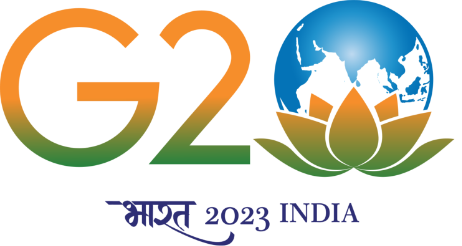TOPOLOGY OPTIMIZATION USING THE DISCRETE PARTICLE MODEL WITH MULTIBODY INTERACTIONS.
Date25th May 2023
Time02:00 PM
Venue Hybrid - ED 103 (Conference Room) / Google Meet: https://meet.google.com/ccs-jftm-prv
PAST EVENT
Details
From a purely academic standpoint to lightweight structure planning, topology optimization has become a powerful tool in automotive, aerospace, and other weight-sensitive industries. Topology optimization method automates the process of finding the optimal design of a product by distributing the material appropriately in a given domain to fulfill a user-defined objective. Finite Element analyses (FEA) usually underlie these optimization algorithms. However, discrete models have been shown to provide a much better understanding of some important materials behavior and processes. Microstructures affect macroscopic responses of solids in a variety of ways, such as polycrystalline grains, cracks, phase boundaries and twin boundaries in phase transforming materials. But the discrete particle methods in the literature have been limited to particles connected with springs which cannot mimic the behavior of solids with any given constitutive relation. In this study, we use a discrete particle model with multi-body interactions that can handle complicated constitutive relations and use it to optimize the topology of a domain using the Simplified Isotropic Material with Penalization (SIMP) algorithm. Here, an objective function and related sensitivity for a typical problem of stiffness maximization under discrete particle model have been defined. In this study, this method is employed to a simply supported beam and the predictions obtained have been validated with those obtained by the traditional topology optimization method. One advantage of this method is that it can capture geometric nonlinearity without added complexity. The change from rollers to hinges for beam supports is an illustration of this, which produces distinct optimal structure.
Speakers
Mr. Amit Kumar, ED20S008
Department of Engineering Design

